Top 3 Most Beautiful Historical Sites in Uruguay
Uruguay is the smallest country in South America. It can be said that this is an original location that ensures your authentic experiences. When you come ... read more...closer to the pampas' rural customs, the European influences of the city, Montevideo, will fade away. The country is rich in cultural attractions, as well as beautiful beaches and fantastic wildlife reserves. If you're planning a trip to Uruguay, here is a list of Uruguay's most beautiful historical sites that should not be missed!
-
In the Rocha Department in eastern Uruguay, the Fortaleza de Santa Teresa, or Fortaleza Santa Tereza, is a military fortification situated 36 kilometers (22 miles) south of Chuy and 305 kilometers (190 miles) northeast of Montevideo on Route 9.
The Fortress's history begins in 1762, when the Portuguese, anticipating a new struggle with Spain, chose to defend the area, then called Castillos Chicos. Its walls were constructed by a double stone masonry wall connected by stirrups. To establish the patrol trail and to resist the vibrations of enemy artillery firings, the gap between them was filled with earth and rubble.
You can experience centuries of history within Fortaleza de Santa Teresa. In 1811, during the Eastern, the Patriots conquer the Revolution, which then fell into the hands of the Portuguese as they invaded the Eastern Band in support of beleaguered Montevideo. The Patriots reclaimed the Fortress, which was once used to control the border with Portugal, in 1812. It was taken over by the Orientals in 1825 and remained deserted for a long time until it was uncovered in 1928 by historian Horacio Arredondo, who commenced efforts to rebuild it. It was designated a National Historic Historic Landmark by law number 8172 on December 26, 1927. The exhibition, which opened in 1982 at the Historical Site Museum, recreated the appearance of an 18th-century structure and the military growth of Spanish dominance.
Location: Rocha
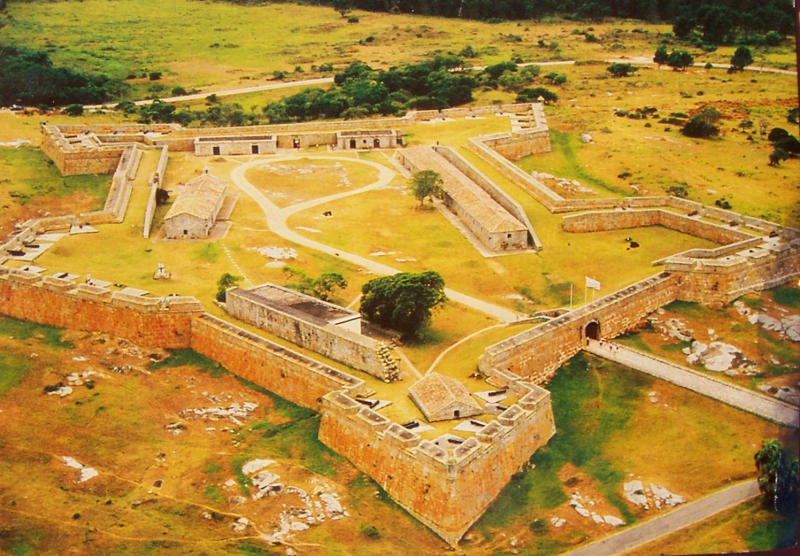
en.wikipedia.org 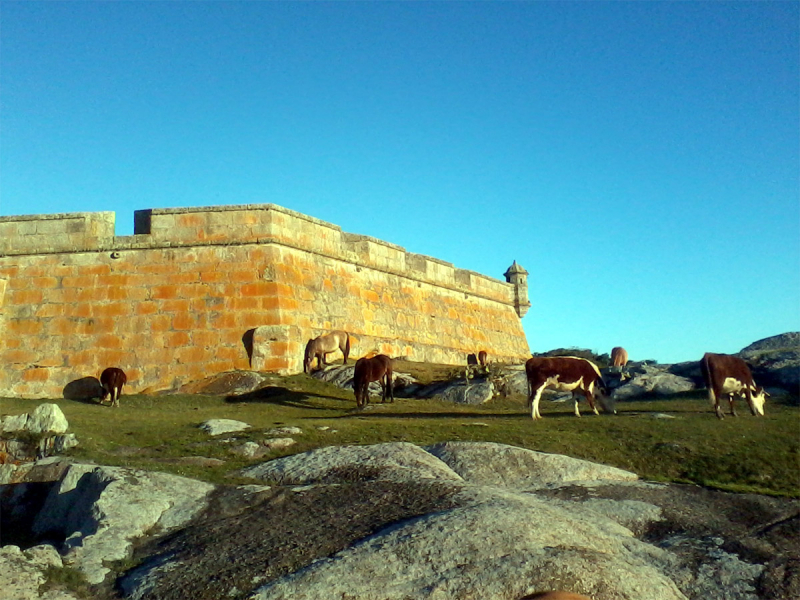
starforts.com -
Another beautiful historical site that will make visitors excited is the Castillo Pittamiglio, which is a structure situated in the city of Montevideo.
The side facing the boulevard, whose entrance is placed at Rambla Mahatma Gandhi 633, is the most well-known feature of the structure. It presents the image of the Victory of Samothrace appears, crowned by a coat of arms commanding a circular tower. A gazebo is built out of exposed brick, similar to that of a feudal castle. The statue symbolizes "the victory of life," while the whole castle is a metaphor for life as a boat ride. When the castle was completed, there was no entry to the boulevard. The main entrance, which is constructed up of a wide portico framed by a blind wall and has been transformed to house the Montecristo Restaurant-Museum, is located at 638 Calle Francisco Vidal.
Although the Castillo Pittamiglio has certain medieval and Renaissance features, it is impossible to categorize it in a specific architectural style. There are numerous small passageways, doors that lead nowhere, blind windows, and weirdly shaped chambers within the structure. The castle's history is associated with myths and stories. There are claims that it housed the Holy Grail from 1944 to 1956, that there were orgies and demonic rituals, and that its owner left at night dressed in a red cape to walk along the boulevard.
Location: Montevideo
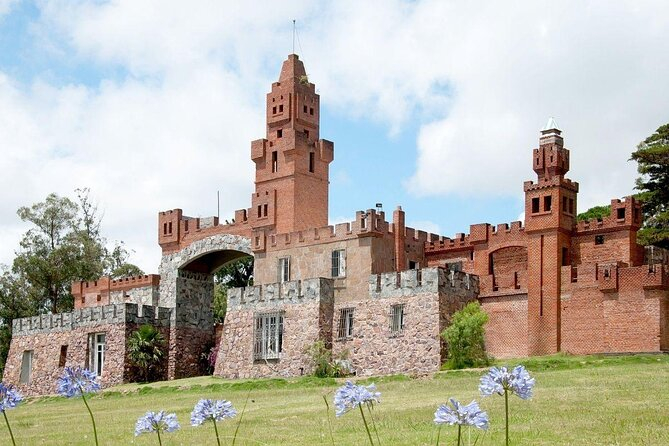
viator.com 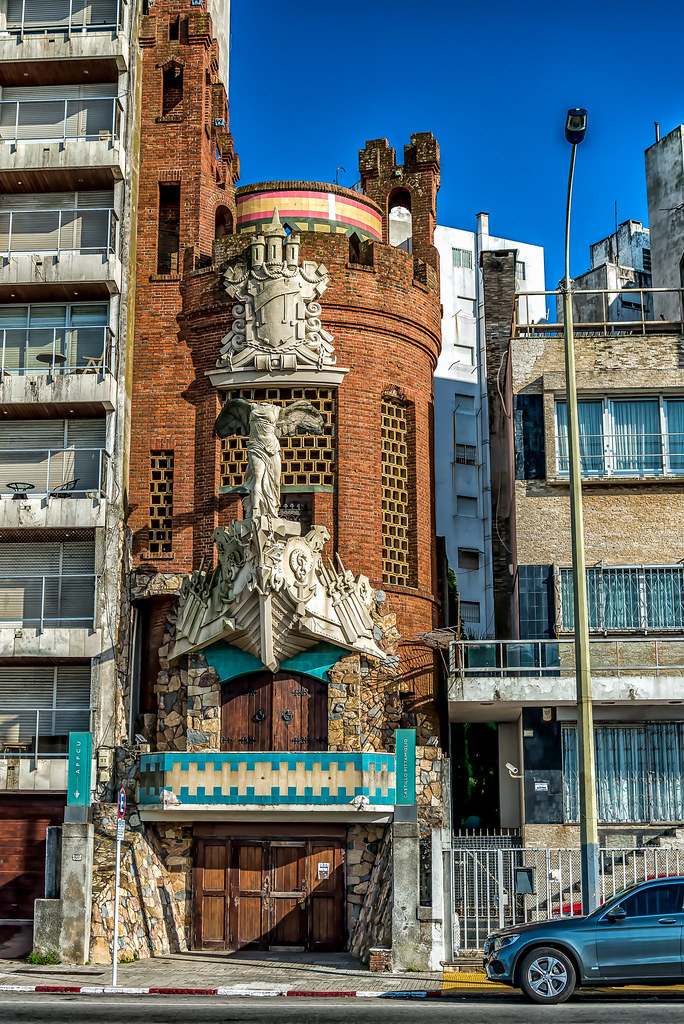
flickr.com -
Plaza de toros Real de San Carlos is a historical bullring in Colonia del Sacramento, Uruguay. This Moorish style bull ring opened for residents in 1910 as part of the larger Real de San Carlos Tourist Complex, with bulls – as well as bullfighters Bombita Grande and his brother Bombita Chicos – carried all the way from Spain to perform in the violent show. The ring was 50 meters in diameter and could hold about 10,000 spectators. People traveled from all over Argentina to witness the performance, but just eight bullfights were staged between January and March 1910 before a government edict outlawed them for good.
Apart from the bull ring, The Real de San Carlos complex includes a hotel-casino, a ferry dock (for transporting guests from nearby Buenos Aires), and a massive "pelote basque" building ("fronton"). The casino opened after bullfighting was prohibited, and the entire area just operated until 1917. Only one of the complex's racetracks is still in use today. For safety concerns, it is technically banned to approach the abandoned bull ring.
After being abandoned for a century, it was ultimately repaired in 2021 and converted into a cultural center for musical and sporting events.
Location: Colonia del Sacramento
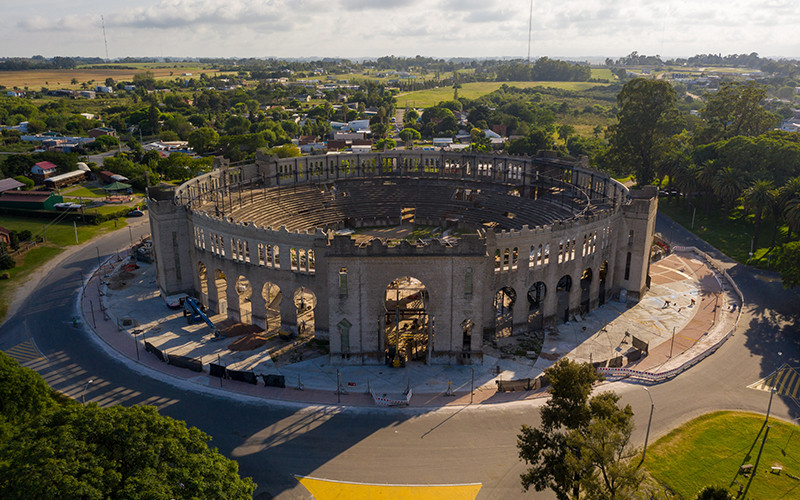
sitioarquitectura.com 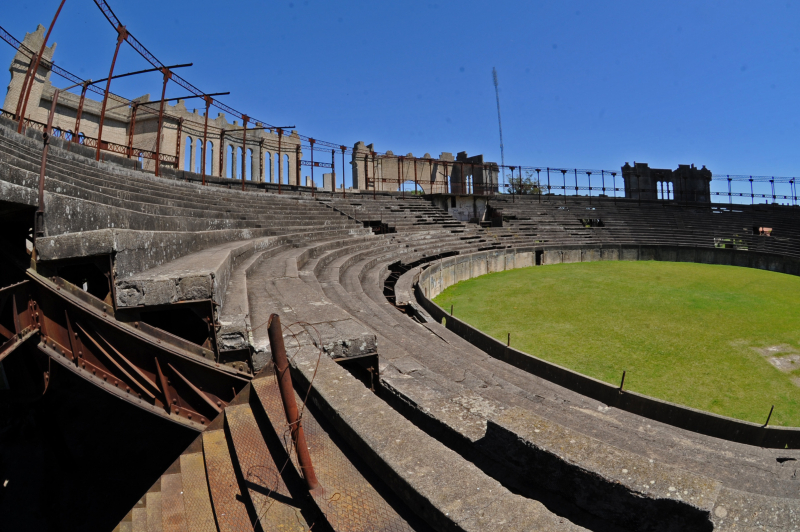
gub.uy
























